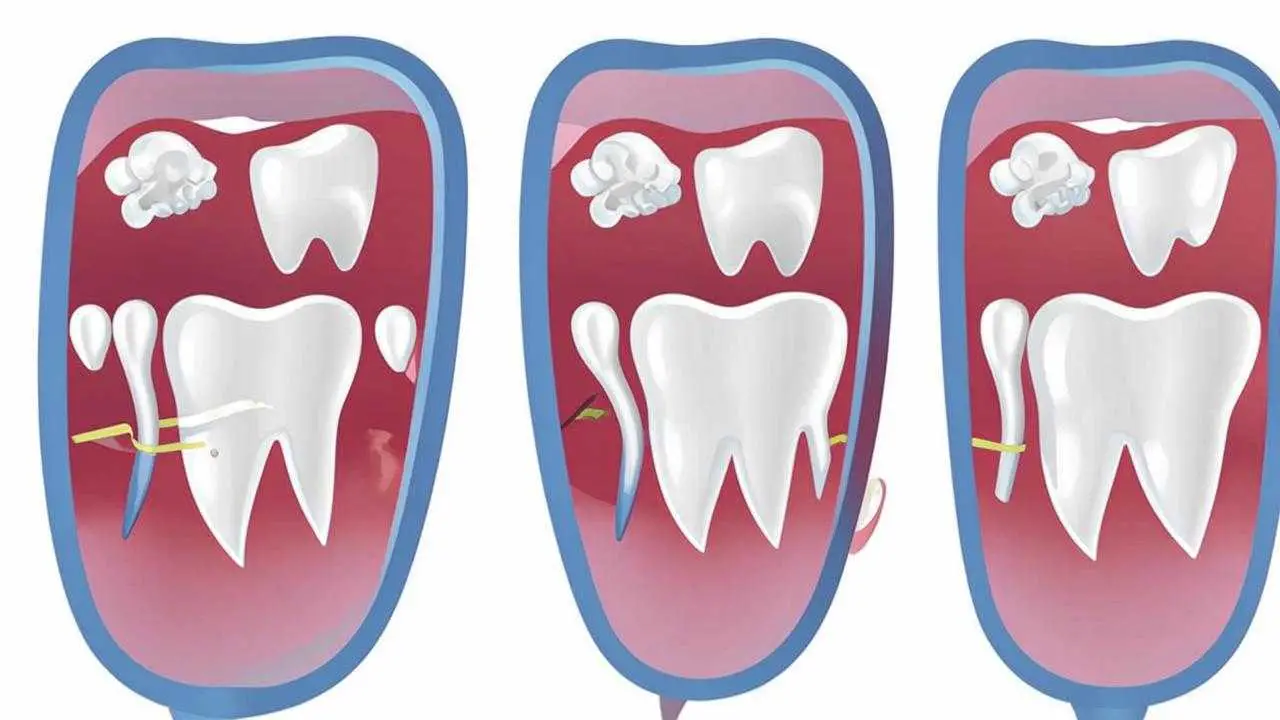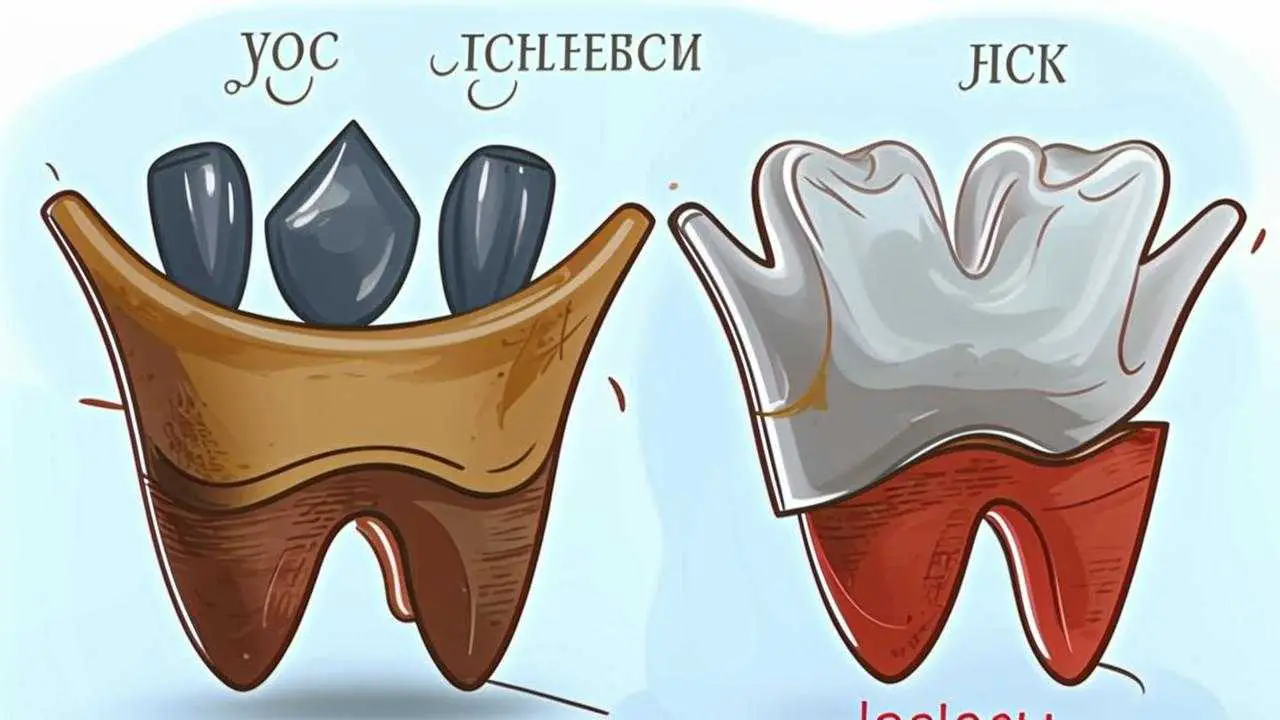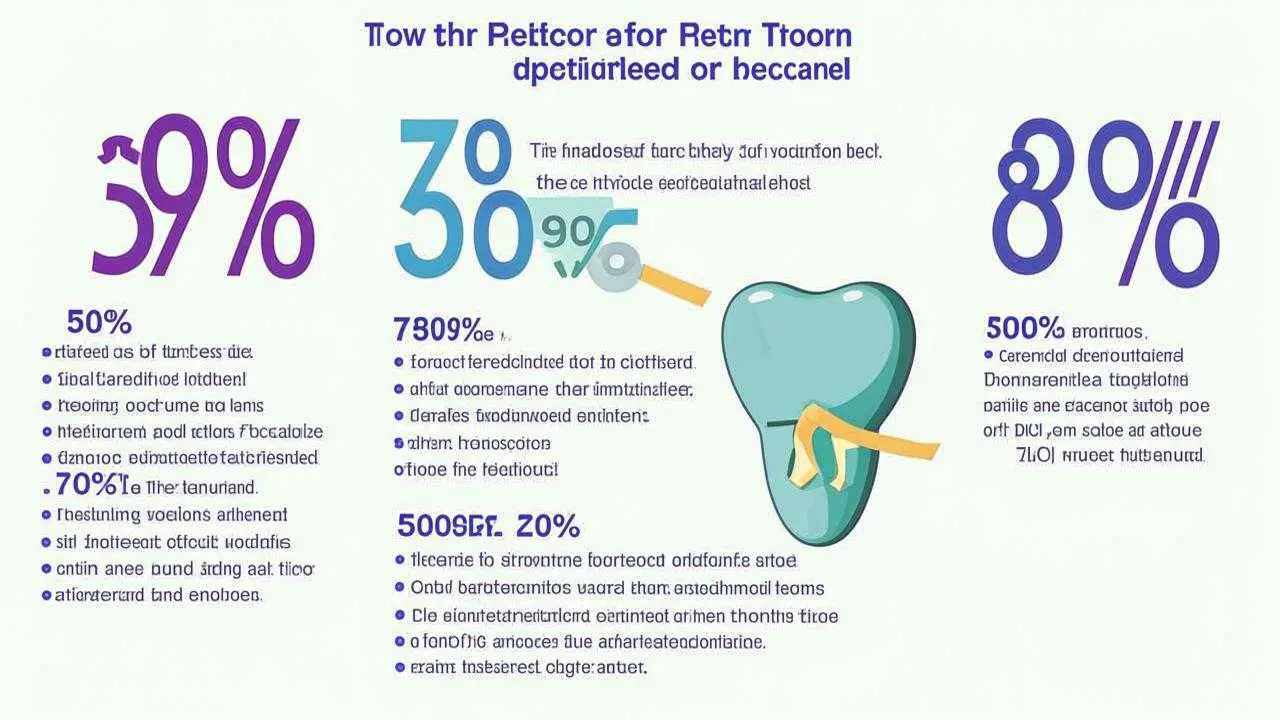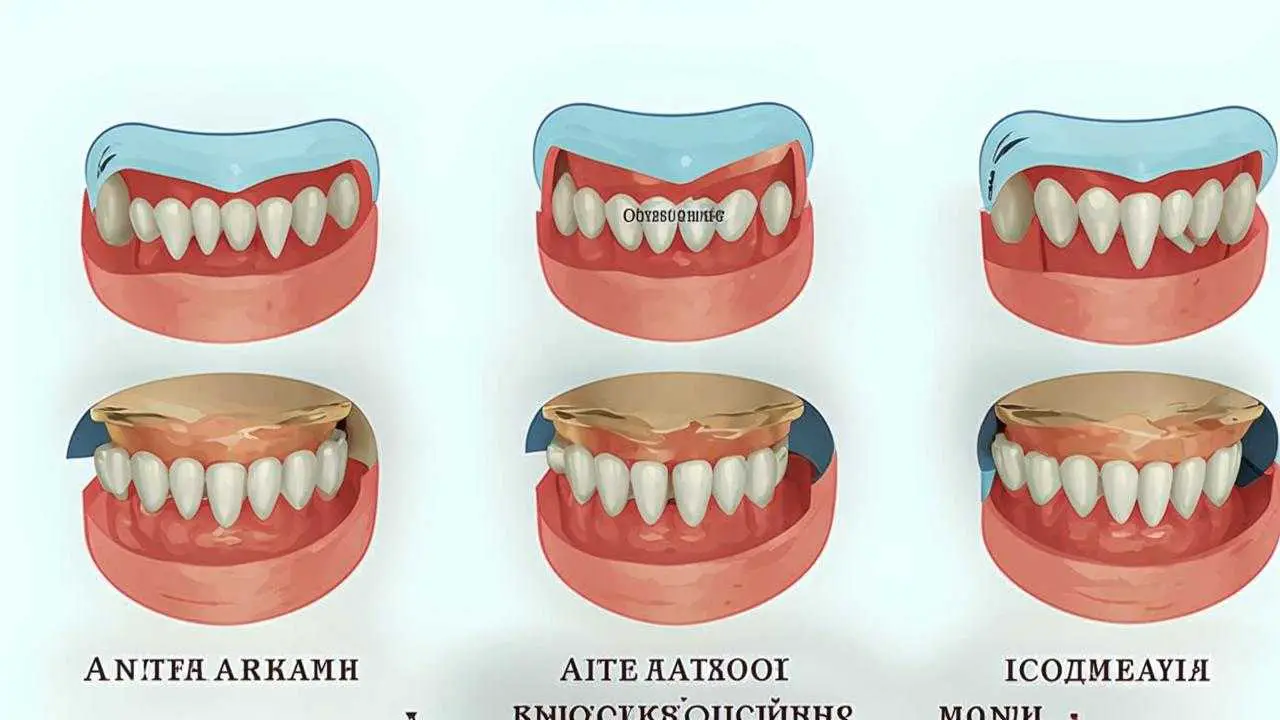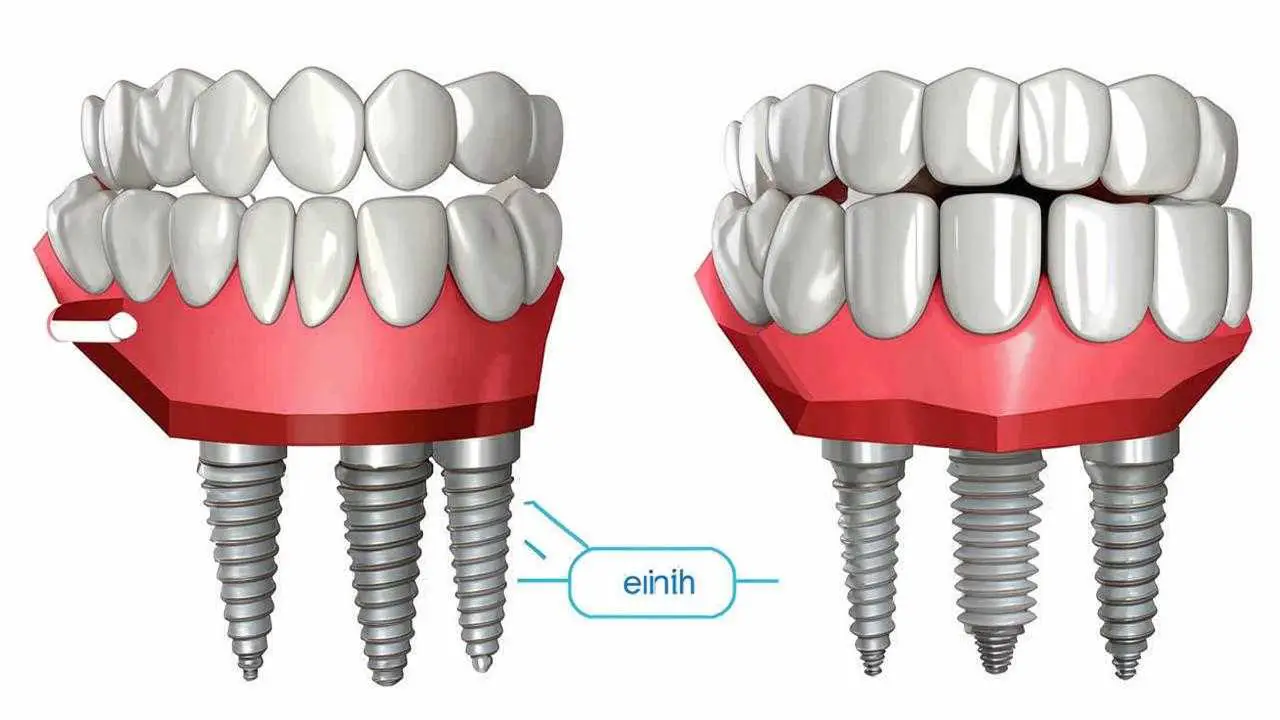How important is tooth crown retention and what types of retention are used?
In modern dentistry, preserving natural teeth is considered the most important task. For this purpose, various therapeutic and even surgical treatment methods are used. The placement of artificial crowns can be an independent method, for example, if there is pathological abrasion of enamel or part of the treatment. This occurs during endodontic intervention. The pulp (nerve) is removed from the tooth, the tooth becomes brittle, and a crown is used to protect the tooth from decay.
Indications
Indications for restoration:
- Significant destruction of the crown portion;
- placement of bridges;
- pathologic erasure of enamel;
- depulpation;
- trauma.
Crowns are made of metal, ceramic and metal-ceramic. Porcelain and plastic crowns are practically not used due to fragility. Modern materials are characterized by special strength and wear resistance. They are designed for long-term operation. But the service life as well as the comfort of the crown depends on how well it fits and how firmly it is fixed.
Fixation of dental crowns
At certain stages of orthopedic treatment, it becomes necessary to use temporary crowns. In such cases, temporary crowns are used on special cement or artificial resin. The main feature of these materials is that it is easy to remove the temporary structure. Adhesive materials are easy to peel off, do not leave traces.
Permanent fixation of crowns in dentistry is of two types: cement and screw. With the development of implantology, they began to separate the fixation on their own teeth and on implants.
Placement of a crown on your own teeth
No matter how badly a tooth has been destroyed, as long as the root of the tooth is still intact, restoration is possible. Exactly how the restoration is done depends on the extent of tooth destruction. In case of minor destruction, the unit is prepared – the top layer equal to the thickness of the crown is removed. Metal-ceramic crowns consist of 2 layers: metal and ceramic, so they require the deepest preparation. Ceramic crowns are thinner, removing a small layer of hard tissue. Zirconia crowns are thinner, a minimal layer is removed.
If the upper part is destroyed by 50% or more, then the crown is fixed with a post. A fiberglass rod is inserted into the canal, which serves as a support for the restoration.
Steps
After preparation of the surface, the orthopedist makes an impression of the jaws, according to which the crown is stamped or cast in the laboratory. Manufacturing takes several days. Before the construction is installed, a fitting is carried out – check how it fits, whether there are any defects. The crown may be too wide, narrow or high. The fitting helps to notice the defects and correct them.
The restoration is first placed on temporary cement. The patient is given the opportunity to get used to the foreign object in the mouth, to understand whether the height does not interfere, whether the edge does not cut the gum. Only after that, the structure is installed on permanent cement.
- Before fixation, the crown is treated with a special solution, degreased and dried.
- Further, the tooth is treated with antiseptic, moisture residues are removed with ether or air. In some cases, retraction of the gingiva is carried out with a floss to clearly mark the place of connection of the artificial crown and hard tissues.
- The components for the cement are mixed on a sterile plate.
- A thin layer of cement is placed inside the restoration and placed on the tooth.
- The excess is removed. The patient is asked to sit with the teeth closed. Then once again clean the surfaces, rinse the mouth with a special solution. This completes the work of the orthopedist.
Materials for fixing crowns
Cement for fixing restorations should perform 2 main functions: to securely fix the crown and fill the micro gaps between it and dentin. There are several types of luting materials used in dentistry:
- Glass ionomer cements (SIC). Good in that they have anti-carious properties, are not afraid of microleakage. They are used for structures made of metal, with metal base and ceramic.
- Composite-modified glass ionomer cements (SICMC). Easy to apply and very strong, such materials are used for restorations made of metal, zirconium, lithium disilicate.
- Composite. The most modern materials. Produce cements hardening as a result of a chemical reaction, light radiation and double curing. Suitable for fixation of metal-ceramic crowns, zirconium, ceramic, lithium disilicate.
All these groups are divided into numerous subgroups and the doctor chooses the material for fixation based on the geometry of the tooth, the material of the crown, and the clinical case.
Dental cements have been used for a long time, they are well studied, application techniques are well developed and are not complicated in essence. These materials securely fix restorations and are able to serve for a long time.
The disadvantages of cements are that mixing is done manually, errors in proportions are possible. This leads to uncementation. Excess acids negatively affect the condition of dentin.
Prosthetics on implants
On implants, crowns are fixed in 2 ways: with cement or screw. It depends, first of all, on the type of implantation and models of implants that are used. But anatomical features and clinical manifestations play a major role.
Cement fixation of crowns on implants has its pros and cons. The process of fixing the restoration to the implant with cement is not much different from prosthetics on natural teeth. It is simple, well studied, allows fixation in complex cases, where a screw would require great effort and skill.
The disadvantages include the possibility of peri-implantitis, which can be caused by excess cement. If cement is used, the crown cannot be repaired, only replaced.
Screw fixation of crowns on the implant eliminates the ingress of cement on the tissue. There is a possibility of repair and correction. The results of metal-to-metal bonding, without a layer of cement, are better. The single abutment and crown design reduces the risk of infections.
However, screw-retained prosthesis fitting is more delicate, requires certain skills and the price of screw-retained designs is higher.
This is why choosing a doctor is so important. A qualified implantologist considers dozens of details before choosing an implantation method that determines whether a screw-retained or cemented crown will be used, and an experienced prosthodontist knows how to work with both.
What to do if the crown has come off
Do not panic, rinse it with running water and put it in a cool place, wrapped with a cotton cloth.
It is important to get to a dental appointment as soon as possible. The prepared tooth reacts strongly to any irritants, eating and drinking become a problem. The tooth under the denture is fragile and can crumble if it is not protected from environmental influences.
If you can’t get an appointment right away, you can buy dental cement from the pharmacy and fix the structure yourself. This measure is temporary, you should not postpone the appointment with a specialist.
There is a risk that:
- cement will get on the tissues, cause irritation or provoke inflammation;
- the crown will be poorly fixed, there will be a risk of swallowing it;
- with inadequate fixation of the gum is traumatized, traumatic stomatitis may develop.
The clinic will find the cause of the incident and take action. The fallen crown will be fitted or a new one will be made.
If the tooth from which the crown has fallen hurts, the gum is red, swollen – it is necessary to urgently consult a doctor.
